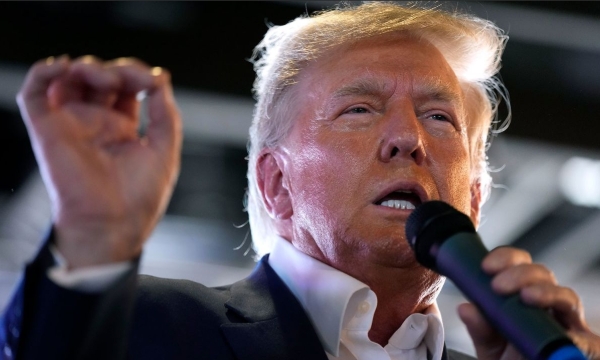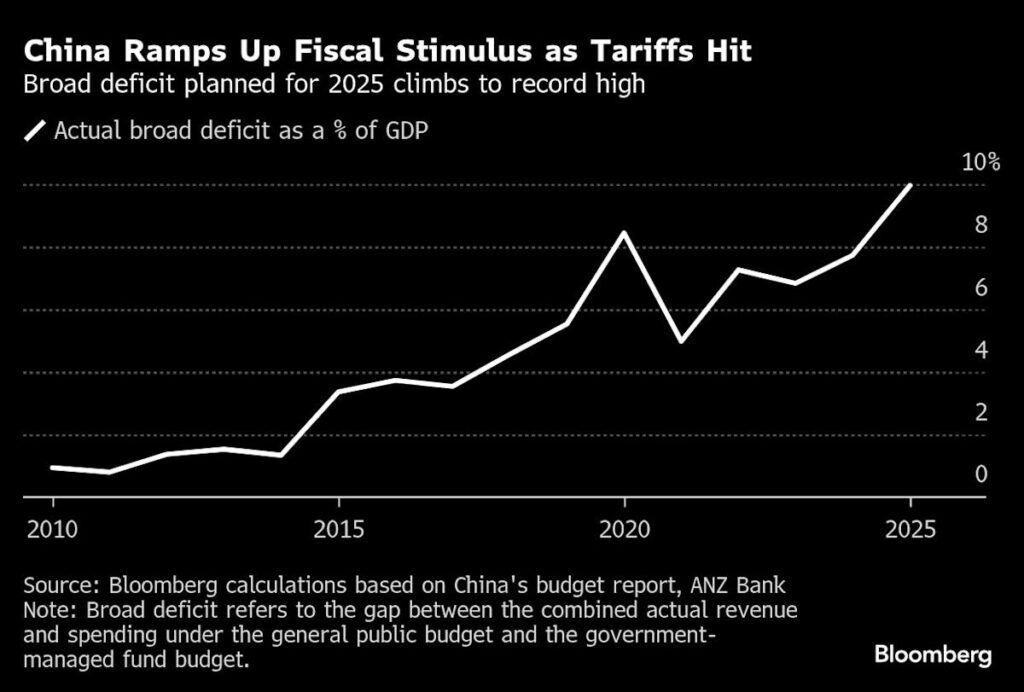Asian Stocks Decline Amid US Tariff Uncertainty
Asian stock markets experienced a downturn as they mirrored the declines witnessed in US equities, following ongoing shifts in President Donald Trump’s tariffs policy that have generated considerable market volatility and concerns regarding future economic stability.
Market Reactions Across Asia
From Sydney to Hong Kong, major equity indices fell sharply, with Japanese shares plummeting nearly 2%. Additionally, a compilation of Chinese stock performance dipped after recently reaching a four-year peak. The US dollar also weakened, experiencing its longest slump in almost a year over five consecutive trading sessions. Meanwhile, Bitcoin prices declined following a lackluster announcement regarding a US strategic cryptocurrency reserve.
Concerns Surrounding Tariff Policies
Traders pointed to the unpredictability surrounding Trump’s tariff decisions as a major factor affecting market sentiment. Despite Trump’s recent decision to postpone tariffs on goods from Mexico and Canada as part of the North American trade deal, US stocks continued to struggle, revealing a fragile risk appetite among investors. The financial markets have faced turmoil this week as investors navigate geopolitical uncertainties intertwined with conflicting signals from the US government regarding tariffs.
Investor Sentiment and the ‘Trump Put’
Experts have engaged in discussions about whether a significant drop in equity values might sway the Trump administration’s stance on tariffs. The prevailing theory suggests that Trump may reconsider his policies if the stock market—often heralded by him as an economic barometer—begins to decline, thereby affecting investor confidence. Various analysts have even calculated the level of S&P 500 Index pain that Trump might tolerate before altering course, coining the term “the Trump put” based on options trading terminology.
Minimal Indications of Policy Change
 Thus far, President Trump has shown little intention to adjust his approach. He has characterized market reactions to these developments as negligible, stating “I’m not even looking at the market.” This comes in tandem with his comments to Congress earlier this week in which he suggested that new levies would lead to mere “disturbances” that would not be cause for concern.
Thus far, President Trump has shown little intention to adjust his approach. He has characterized market reactions to these developments as negligible, stating “I’m not even looking at the market.” This comes in tandem with his comments to Congress earlier this week in which he suggested that new levies would lead to mere “disturbances” that would not be cause for concern.
Global Market Trends and Future Outlook
While US stocks grapple with ongoing tariff-related uncertainty, there has been an influx of investment into European and Chinese markets. The Stoxx Europe 600 Index recorded ten consecutive weeks of gains, driven by interest rate reductions and increased defense spending in Germany. In contrast, a measure of Chinese shares in Hong Kong has soared almost 23% this year, fueled by optimism regarding artificial intelligence advancements and anticipated fiscal stimulus from Beijing.
Implications for Upcoming Economic Data
As traders speculate on the path ahead for interest rates, upcoming US nonfarm payroll data is expected to provide insights into labor market momentum, a crucial indicator for household spending and overall economic health. Federal Reserve Chair Jerome Powell is also expected to address monetary policy at an event, with the Federal Reserve’s next meeting scheduled for mid-March, where policymakers are anticipated to maintain steadiness in interest rates amidst these evolving economic conditions.
Conclusion: The Future of Stocks Amidst Economic Turbulence
As uncertainty lingers over tariff policies and economic indicators start to emerge, the performance of stocks remains in a precarious state. Investors will be closely monitoring both domestic developments and international market responses as they seek to navigate this volatile landscape, keeping an eye on policy changes and their implications for market stability moving forward.



